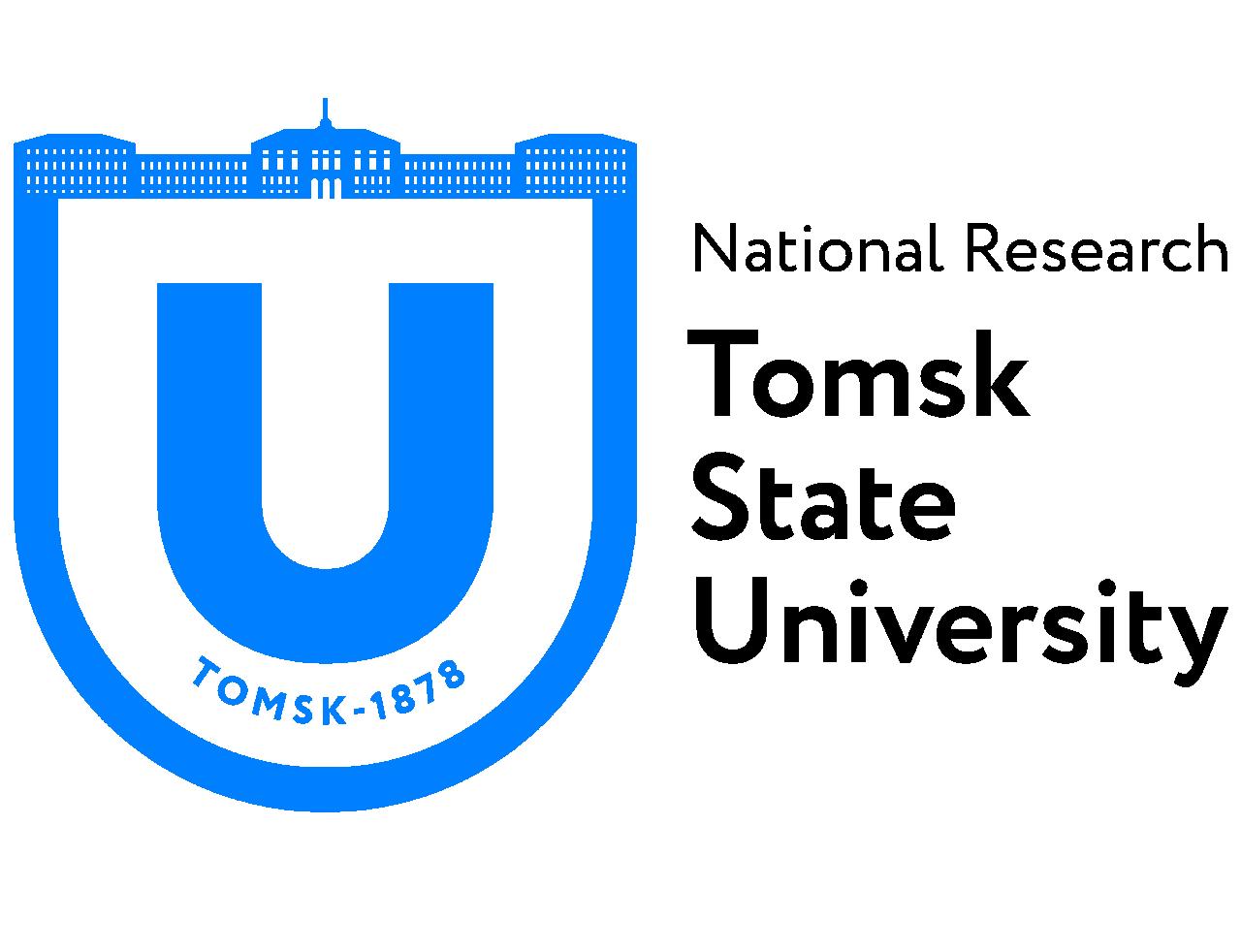Tomsk State University: Faculty of Physics project will help clean up the Moon
TSU Faculty of Physics scientists are studying the complex trajectories of man-made and natural near-earth objects – space debris, lunar objects, and near-Earth asteroids – under a project supported by the Russian Science Fund. Orbital evolution patterns and dynamics are being studied using computer modeling and machine data analysis. The results will help to determine the distribution of space debris in near-earth space, and to explore the Moon and near-Moon space.
“Humanity actively uses near-Earth space for its interests. New satellite systems are unrolling in space,” explains Anna Aleksandrova, head of the project, assistant professor at the Department of Astronomy and Space Geodesy. “The remnants of these systems stay in the Earth’s orbit and become space debris. Currently, according to NASA, there are hundreds of thousands of objects larger than 10 centimeters in near-Earth space, and the number grows by a thousand every year.”
More than three thousand of them are spacecrafts and only 6% are functioning. As scientists note, to work in near-Earth space, the dynamics of unmanned objects must be known. Knowing their trajectories helps to optimize the placement of new satellite systems and the parking of objects that are no longer functioning.
“It is also relevant to study orbital evolution of near-Moon objects,” adds Anna Aleksandrova. “In the next ten years humanity wants to explore the Moon and near-Moon space, and by knowing the dynamic structure of this area of space we can implement near-Moon projects more effectively.”
Another important issue this project solves is increasing the precision of forecasting the trajectories of near-Earth asteroids. By making a more precise model of asteroid movement, TSU scientists will be able to detect whether an asteroid poses any threats to life on Earth.
“The research we are doing includes a large amount of computing. That is why we use machine data analysis,” comments Anna Aleksandrova. “This will help us forecast movements of tens of thousands of objects and analyze more than one million time series of dynamic and resonance parameters.”
For data analysis, scientists use algorithmic models with implemented neural networks. It automates the part of the process for locating resonances that influence near-Earth and near-Moon objects. The computer model classifies resonances. Machine learning methods accelerate big data analysis and free scientists from a monotonous classification process.
Moreover, TSU physicists have already improved numerical models of the movement of Earth and Moon satellites, increasing the precision and speed of computation. Models are implemented on TSU Cluster SKIF Cyberia.

